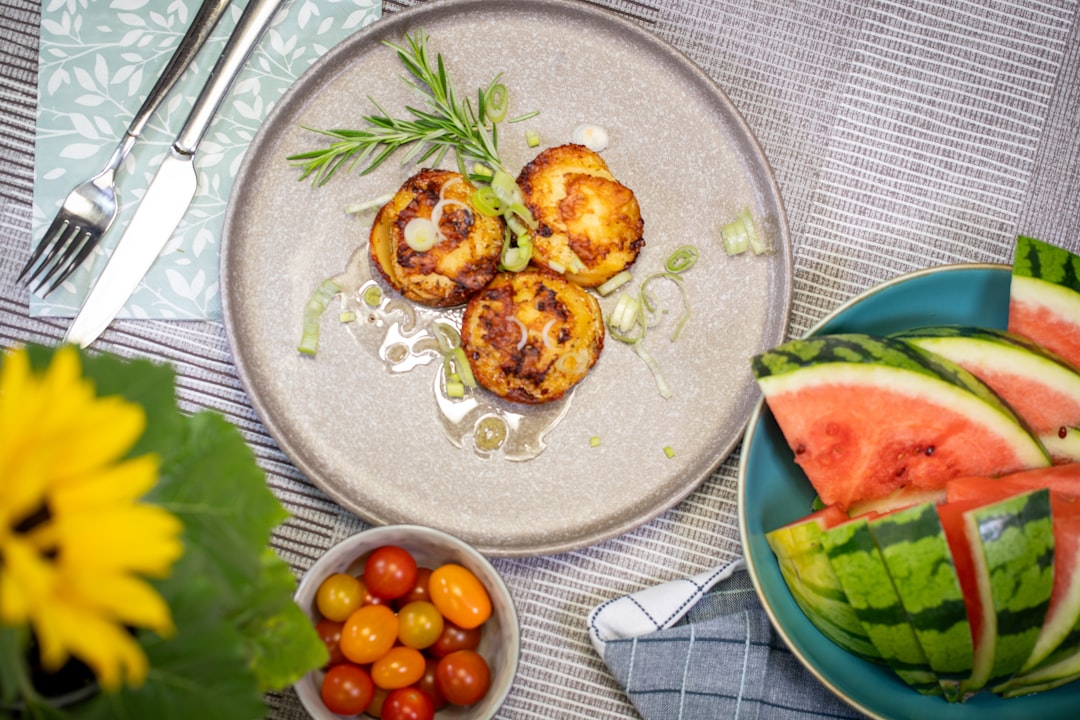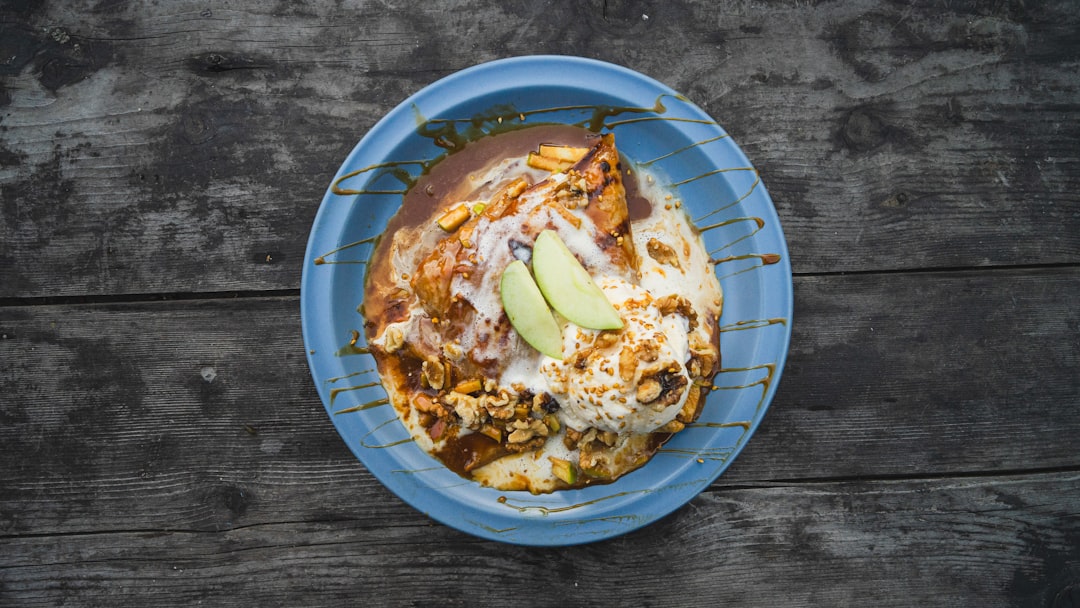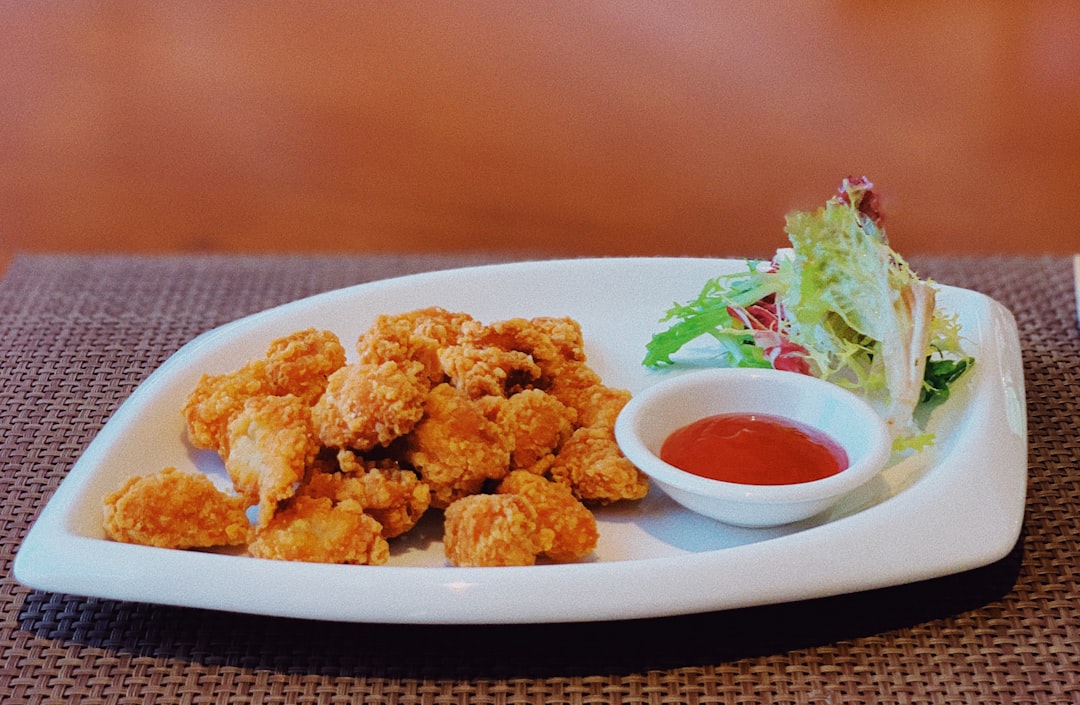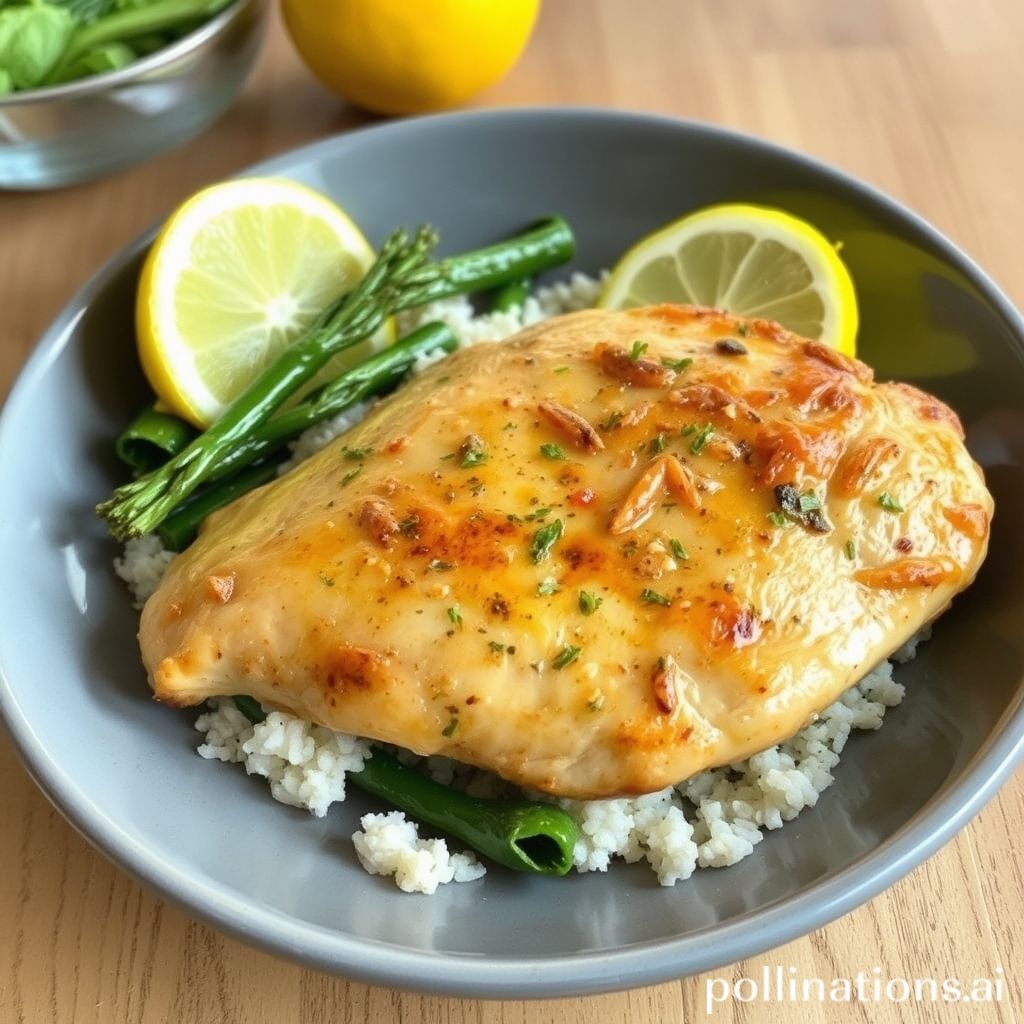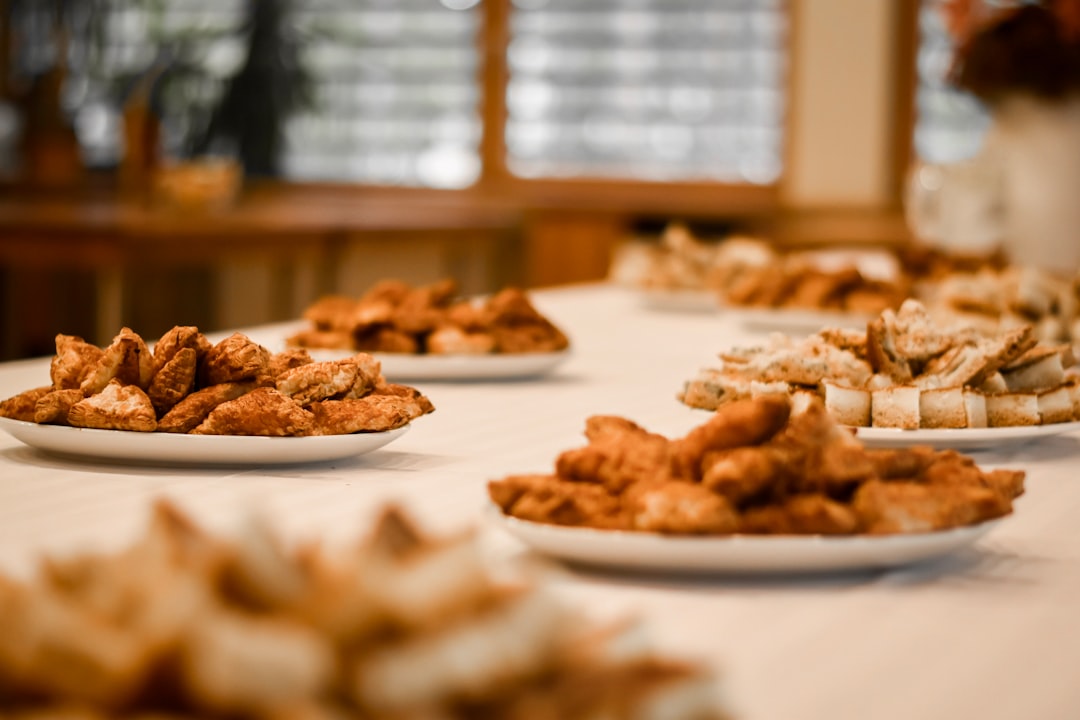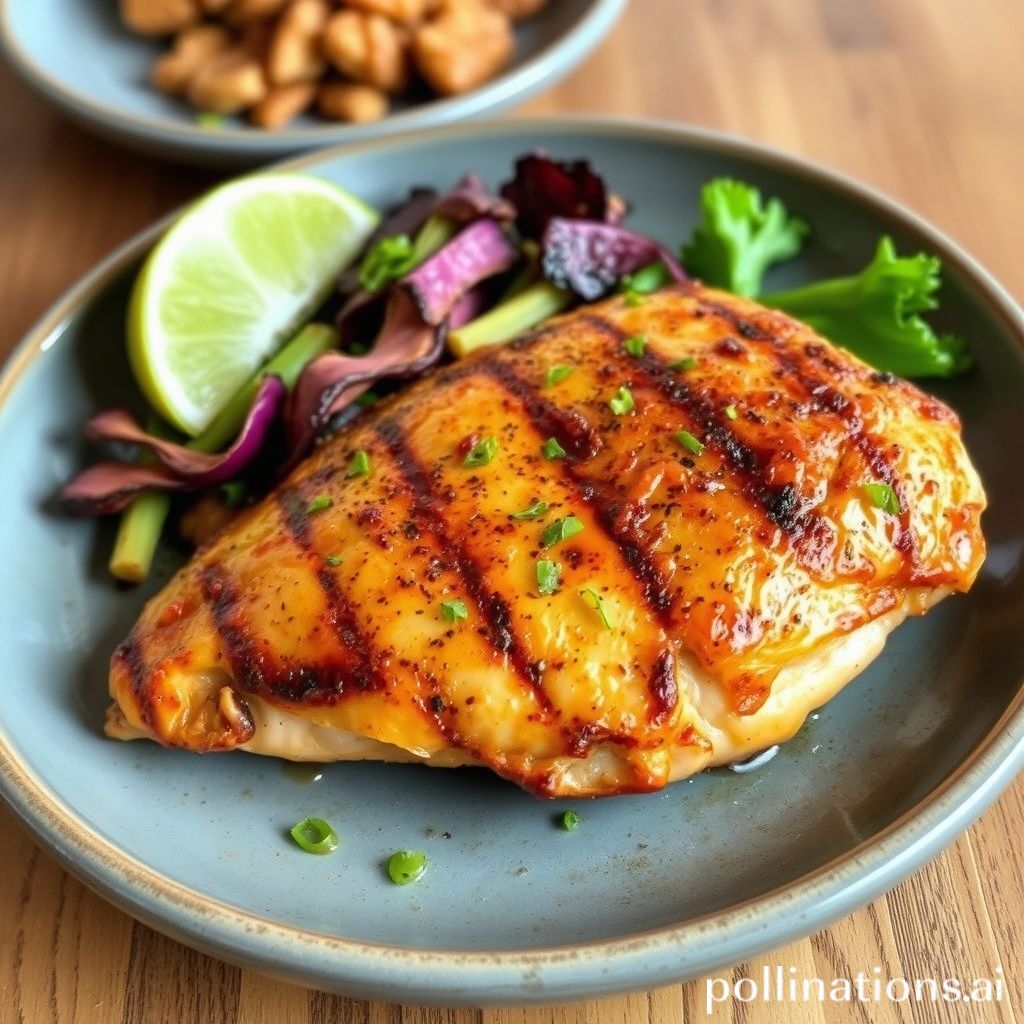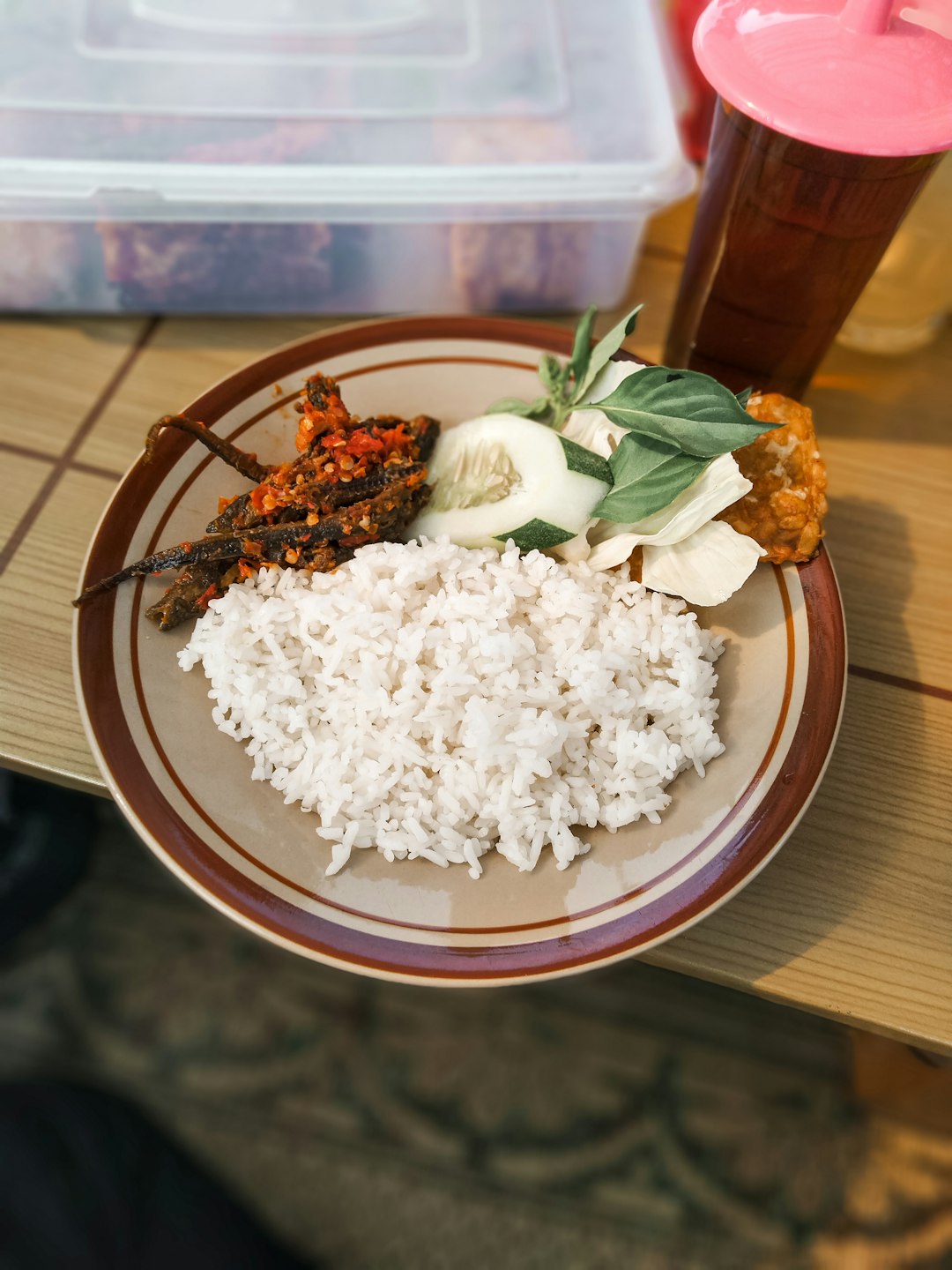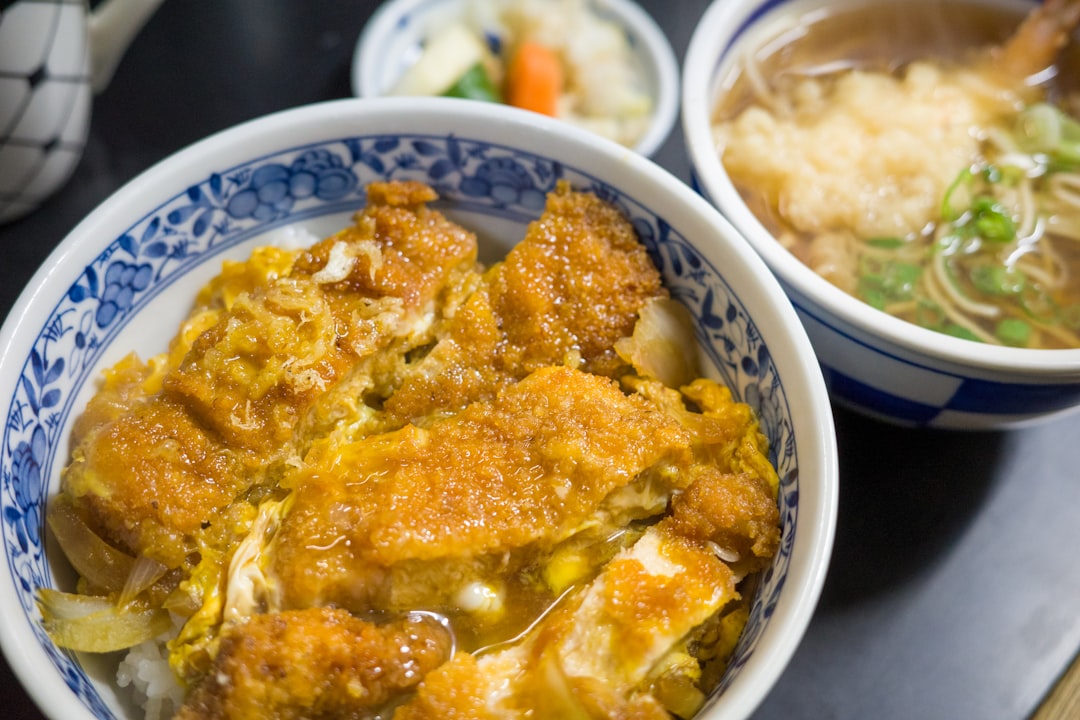Table of Contents
- Introduction
- Ingredients and equipment needed for Chicken and Vegetable Stir-Fry
- Step-by-step preparation of the chicken and vegetables
- Cooking techniques for the perfect stir-fry
- Serving suggestions and complementary sides
- Variations and modifications for different flavors
- Tips for choosing the freshest ingredients
- Nutritional benefits of chicken and vegetables
- Common mistakes to avoid in stir-fry cooking
- Conclusion
- Frequently Asked Questions
Introduction

Welcome to your go-to guide for crafting a mouthwatering chicken and vegetable stir-fry that brings the sizzle straight to your kitchen. Imagine the aromatic dance of sizzling chicken mingling with vibrant, crisp veggies — all drenched in a harmonious blend of savory spices and sauces. Our culinary journey begins with the essentials: tender chicken breasts, a medley of colorful vegetables, soy sauce, sesame oil, and an array of spices to tickle your taste buds. Each ingredient plays a pivotal role in building layers of flavor and texture.
Whether you’re a seasoned chef or a cooking novice, this versatile dish promises excitement with every bite. Why not prepare your wok or skillet and ignite your taste palate with a delightful fusion of East-meets-West flavors? Perfect for a quick weeknight dinner, this stir-fry dish not only impresses with its ease of preparation but also provides a nutritious meal in no time. Ready to uncover the secrets behind this sizzling sensation? Let’s explore the pathway to mastering the ultimate chicken and vegetable stir-fry experience!
Ingredients and equipment needed for Chicken and Vegetable Stir-Fry
To prepare a delicious Chicken and Vegetable Stir-Fry, you need a variety of fresh ingredients and some essential kitchen equipment. Start with boneless, skinless chicken breasts or thighs, which provide a lean source of protein. Vegetables such as bell peppers, broccoli, carrots, and snap peas are excellent choices for their vibrant colors and crisp textures. For flavor, you’ll require garlic, ginger, and soy sauce, which provide the classic umami taste. Olive oil or sesame oil works well for stir-frying, ensuring the ingredients don’t stick to the pan.
In terms of equipment, a well-seasoned wok is ideal for high-heat cooking and provides ample space to toss and turn the ingredients without spillage. If a wok isn’t available, a large non-stick frying pan can suffice. A sharp chef’s knife is crucial for slicing the chicken and vegetables into uniform pieces, ensuring they cook evenly. Other useful tools include a wooden spatula for stirring and mixing, and measuring spoons to accurately portion spices and sauces. With these ingredients and equipment at hand, you’re well-prepared to create a savory and nutritious Chicken and Vegetable Stir-Fry.
Step-by-step preparation of the chicken and vegetables
Preparing a delicious chicken and vegetable stir-fry involves a few simple steps that are easy to follow. Start by gathering all your ingredients. You’ll need boneless chicken breasts, a selection of fresh vegetables like bell peppers, broccoli, and snap peas, soy sauce, garlic, ginger, and vegetable oil.
Begin by slicing the chicken breasts into bite-sized pieces. Season them with salt and pepper for added flavor. Next, wash and chop the vegetables into similar-sized pieces to ensure even cooking.
Heat a few tablespoons of vegetable oil in a large pan or wok over medium-high heat. Once the oil is hot, add the chicken pieces. Stir-fry them until they are cooked through and have a golden-brown color. Remove the chicken from the pan and set it aside.
In the same pan, add a little more oil if necessary, and toss in the garlic and ginger. Stir them quickly to release their fragrance. Add the chopped vegetables, starting with the hardest ones like broccoli, and stir-fry for a few minutes until they are just tender.
Return the cooked chicken to the pan, add soy sauce, and continue to stir-fry for another couple of minutes, ensuring everything is well combined and hot.
Cooking techniques for the perfect stir-fry
Cooking the perfect chicken and vegetable stir-fry begins with the right preparation and technique. First, ensure that all your ingredients are chopped and ready to go before heating your pan. This preparation step is crucial because stir-frying is a fast process, and you won’t have time to chop once you start cooking. Use a wok or a large skillet, and heat it until it is very hot. This high temperature allows the ingredients to cook quickly and evenly, ensuring a perfect stir-fry.
Next, add a small amount of oil that has a high smoke point, such as peanut or vegetable oil. Once the oil is shimmering, begin by adding the protein, in this case, chicken, cooking it until it is browned and mostly cooked through. Remove the chicken from the pan and set aside. Increase the heat slightly before adding the vegetables, starting with the ones that take the longest to cook, such as carrots or broccoli.
Continuously stir the vegetables to ensure even cooking, adding more oil if necessary. Once the vegetables are crisp-tender, return the chicken to the pan, along with any sauce you’re using. Cook everything together for another 1-2 minutes, ensuring the chicken is fully cooked and the sauce is heated through. Serve immediately for the best flavor and texture.
Serving suggestions and complementary sides
When it comes to serving your delicious chicken and vegetable stir-fry, there are several options to elevate the meal and satisfy every palate. A classic choice is to serve it over a bed of fluffy jasmine or basmati rice. These types of rice absorb the vibrant sauce, enhancing the flavors while providing a hearty base. Alternatively, try serving the stir-fry with rice noodles or quinoa for a lighter yet satisfying option.
To complement the stir-fry, consider adding a side of freshly steamed dumplings filled with vegetables or shrimp for a touch of Asian flair. A crisp, refreshing cucumber salad dressed with a tangy sesame dressing can add contrast to the dish, balancing the flavors with a bit of acidity and crunch.
If you’re looking to round out the meal, consider a side of spring rolls or egg rolls which add a delightful crunch and pair well with the savory elements of the stir-fry. A modest selection of sauces like soy sauce, hoisin, or chili oil can be served on the side, allowing guests to customize their experience. Complete the meal with a pot of green or jasmine tea, which not only refreshes the palate but also complements the meal’s flavors gracefully.
Variations and modifications for different flavors
One of the great things about chicken and vegetable stir-fry is its versatility. You can easily modify the dish to suit different tastes and dietary preferences. Begin by experimenting with various sauces. For a savory option, try soy sauce mixed with ginger and garlic. If you prefer something sweeter, consider adding honey or hoisin sauce. Spice lovers might enjoy incorporating chili paste or sriracha.
Another way to adjust the flavor is by selecting different vegetables. While traditional options include bell peppers, broccoli, and carrots, you can add mushrooms for a more earthy flavor or pineapple chunks for a sweet twist. Additionally, swapping chicken for tofu can make the dish suitable for vegetarians while maintaining protein content.
Herbs and spices are also key to creating distinctive flavors. Adding fresh basil can give an aromatic, Thai-inspired taste, whereas the addition of cilantro provides a refreshing twist. For extra zest, sprinkle some lime juice before serving. Lastly, consider pairing the stir-fry with different sides such as jasmine rice or soba noodles to enhance the meal’s flavor profile. With these variations, chicken and vegetable stir-fry can be customized to fit any palate.
Tips for choosing the freshest ingredients
When it comes to making a delicious chicken and vegetable stir-fry, choosing the freshest ingredients is key. First, focus on poultry selection by seeking out chicken that is pink in color with a fresh smell. The skin should be moist, not slimy, and free from any unpleasant odors. Opt for organic or free-range chicken if possible for the best quality flavor.
For vegetables, aim to buy those that are vibrant in color and firm to the touch. Select seasonal produce as they are often fresher and tastier. Leafy greens like bok choy or spinach should have crisp leaves and a deep green hue. Bell peppers should be shiny and unblemished, and broccoli should have tight, compact florets. Avoid any vegetables that show signs of wilting or yellowing.
Additionally, try to purchase local produce if available, as it is often harvested closer to its peak ripeness. Don’t forget to store your ingredients properly to maintain their freshness. Keep chicken refrigerated and use it within a couple of days. Store vegetables in the crisper section of your fridge and use them within the week for the best results.
Nutritional benefits of chicken and vegetables
Chicken and vegetable stir-fry is not only a flavorful meal but also offers numerous nutritional benefits. The key component, chicken, is an excellent source of lean protein. Protein is crucial for building and repairing muscles, producing enzymes and hormones, and supporting overall body functions. Additionally, chicken contains essential vitamins and minerals such as vitamin B6, niacin, phosphorus, and selenium, which play vital roles in metabolism and immune function.
On the other hand, vegetables in a stir-fry, such as bell peppers, broccoli, and carrots, provide an array of vitamins, minerals, and antioxidants. These nutrients are known to boost immunity, improve digestion, and reduce the risk of chronic diseases like heart disease and certain cancers. Vegetables are also low in calories and high in dietary fiber, promoting satiety and digestive health.
The combination of proteins from chicken and nutrients from vegetables makes stir-fry not only a balanced but also a satisfying meal. It can support weight management, enhance energy levels, and promote overall health. Incorporating a chicken and vegetable stir-fry into your diet can be a delicious way to meet your nutritional needs while enjoying a variety of flavors and textures.
Common mistakes to avoid in stir-fry cooking
Cooking a perfect chicken and vegetable stir-fry can be challenging, particularly if certain common mistakes are not avoided. One frequent error is failing to preheat the wok or pan properly. A well-heated pan ensures that the ingredients cook quickly and evenly, preserving their texture and flavor. Another mistake is overcrowding the pan, which can lead to steaming rather than stir-frying. It’s crucial to give each ingredient enough space to make contact with the pan, which helps them brown and develop a good flavor.
Additionally, cutting the vegetables and chicken into uniform sizes is essential for even cooking. Uneven pieces can result in some components being overcooked while others remain undercooked. Moreover, adding all ingredients at once can cause issues, as different ingredients have varying cooking times. It’s better to start with those that take longer to cook, like chicken and thick vegetables, and gradually add quick-cooking items like leafy greens.
Finally, skimping on seasoning can make the stir-fry bland. Make sure to season throughout with soy sauce, ginger, garlic, and other spices to build layers of flavor. By avoiding these common pitfalls, you can create a delicious and satisfying stir-fry.
Conclusion
Mastering the art of Chicken and Vegetable Stir-Fry is not just about perfecting a meal; it’s about embarking on a culinary adventure filled with vibrant flavors and nutritional benefits. By using the freshest ingredients, practicing precise cooking techniques, and avoiding common mistakes, you can create a dish that is both satisfying and healthy. Stir-fries are versatile, accommodating various dietary preferences and offering endless variations to suit any palate. This dynamic dish not only delivers on taste but also supports a balanced diet with its rich protein and vegetable content.
If you’re inspired to elevate your chicken dishes to the next level, we highly recommend diving into The Chicken Bible: Say Goodbye to Boring Chicken with 500 Recipes for Easy Dinners, Braises, Wings, Stir-Fries, and So Much More. This book is an invaluable resource for anyone passionate about chicken dishes, offering a wide range of recipes that promise to transform your meals from ordinary to extraordinary. Don’t miss out on the chance to explore this treasure trove of chicken recipes; your taste buds will thank you!
